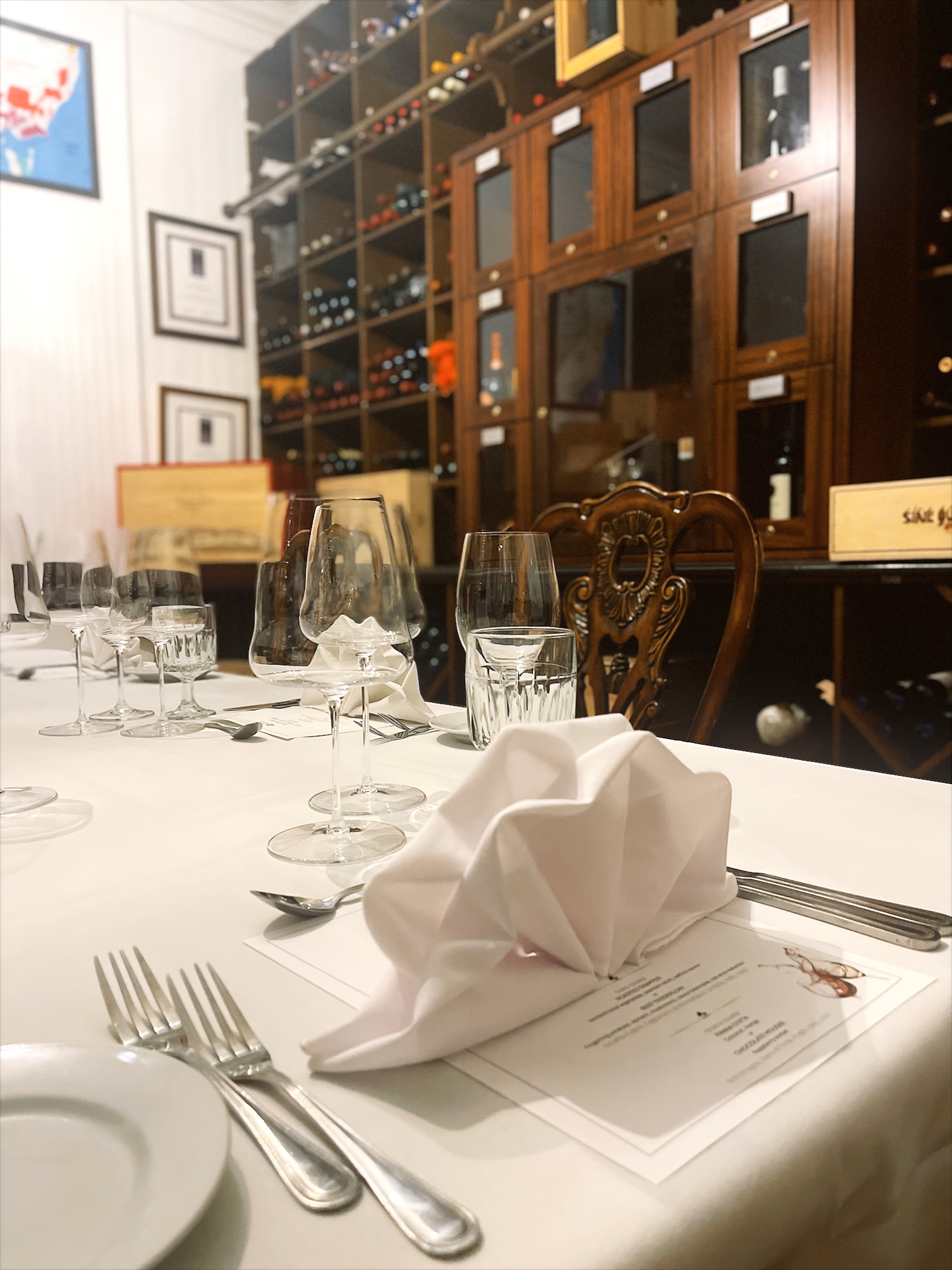

We all recognize the familiar companions of the dining table — the fork, knife, and spoon but many are still unaware of the distinct role of each piece of cutlery. Much like diverse culinary delights, various flatware are designed for specific purposes.
Mastering the usage of each piece not only enhances your table etiquette but also promises to elevate your dining experience and appreciate the craftsmanship behind different utensils. For more insights on creating an enchanting dining atmosphere, you might enjoy this guide on enchanting ambiance and good food in Grand Cayman.
In this blog, we will be exploring the vast world of cutlery, from the elegantly functional, such as the dinner fork, to the subtly specialized, like the oyster fork. Each of these cutlery types contributes to a seamless culinary encounter, and we'll delve into their unique roles and uses.
As the name suggests, the dinner or main fork’s purpose is to pick heavy and large portions of food such as meat, pasta, or hearty vegetables with its four evenly spaced times. This is regarded as the standard fork in the world of cutlery and is typically placed closer to the left side of the plate, making it easier for diners to identify it among the multiple forks.
A salad fork is usually a bit smaller in size than a dinner fork and keeping its namesake, it is utilized for eating salads, appetizers, and a wide variety of lighter dishes. Much like the main fork, this one, too, has four tines but they are wider and shorter.
This cutlery type is typically positioned on the left side of the dinner fork. However, if the salad is served after the main course, you might discover it near the plate.
This cutlery is specially created to relish bite-size pieces of succulent fishes. Its curved shape allows diners to separate fish flesh from its bones, making it seamless for them to savor its impeccable flavors to the fullest. The fish fork has an additional wide tine on the left and is arranged next to the salad fork.
Among many knives, a dinner or table knife is considered the largest one and is used to sample the main course through its serrated edge and a comfortable grip with an 8 to 12-inch long blade, allowing guests to glide through the meat and other dishes with confidence. The dinner knife is placed on the right side of the plate with the blade facing inward.
Unlike the previous knife, the butter knife is leveraged for spreading butter, jams, and other soft spreads. It is organized horizontally on the bread plate and has a dull edge to ensure a smooth and even spread without tearing or crumbling the bread into pieces.
Akin to its name, a steak knife is used for cutting through thick and juicy meats like steak. It has a serrated blade with a pointed tip to precisely make a cut and preserve the texture and richness of the meat.
The steak Knife has a sturdy handle and is held firmly by the dominant hand to gently sway through the meat. This knife can be a valuable addition to any cutlery collection, especially for those who enjoy relishing steaks and other hearty meats. For a taste of expertly prepared steak and other delicious dishes, explore our dinner menu at The Wharf.
The soup spoon is effortlessly recognized by its large and round bowl structure that holds a sufficient amount of liquid such as soups and broths. It is kept on the right, closer to knives, and is ideal for the first course.
As compared to soup and dessert spoons, tea spoons are smaller in size and used for stirring tea & coffee, taking a bite of desserts. It is placed to the right knife or over the plate, often in line with the dessert spoons.
Dessert spoons are large in size and can be used for scoping a bite of decadent desserts like puddings, custards, and ice-creams. It is arranged horizontally over the plate and held with a relaxed grip.
The dinner knife is the most amazing choice and designed for separating delicate flesh from bones. Its edges have been curvy and can handle abundant portions of fish to make sure it doesn’t flake or break apart the delicate flesh.
A fruit knife is smaller than a dinner knife and can be used for slicing and peeling fruits. The sharp blade and pointed tip can help in removing seeds, coring, and making decorative cuts.
Unleash your culinary creativity with the versatile fruit knife.
This narrow design and short tines of oyster fork allow diners to enjoy shellfish like oysters and clams. Its peculiar shape is wonderful for extracting meat from small shells. This fork is far right of the spoon or offered to the diners when bringing seafood.
Empower Your Culinary Journey with the Mastery of Cutlery Basics
Wish to immerse in the beauty of the Caribbean Sea and zest a gastronomic fare? Reserve a table today!
At The Wharf, we offer a blend of impeccable services with breathtaking views and savory dishes, crafted with passion, precision, and love by our extraordinary team of chefs. Whether you’re planning a beach wedding or a corporate event at our waterfront venue, we cater to every occasion. If you're looking for fine dining etiquette, take a look at this guide for more information.
Join us on a culinary adventure that promises nothing but excitement as the finest of Cayman performs a ballet of flavors on your palate. Just like a ballet, where each movement is carefully choreographed to create a beautiful performance, our dishes are meticulously prepared to create a symphony of flavors on your palate.